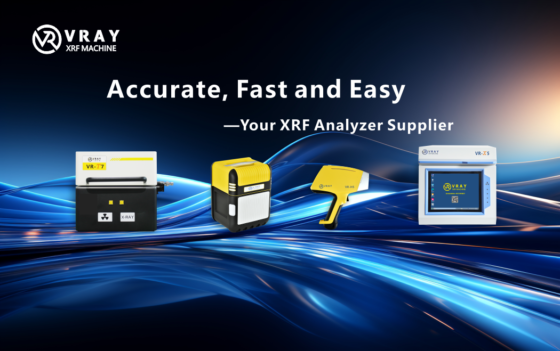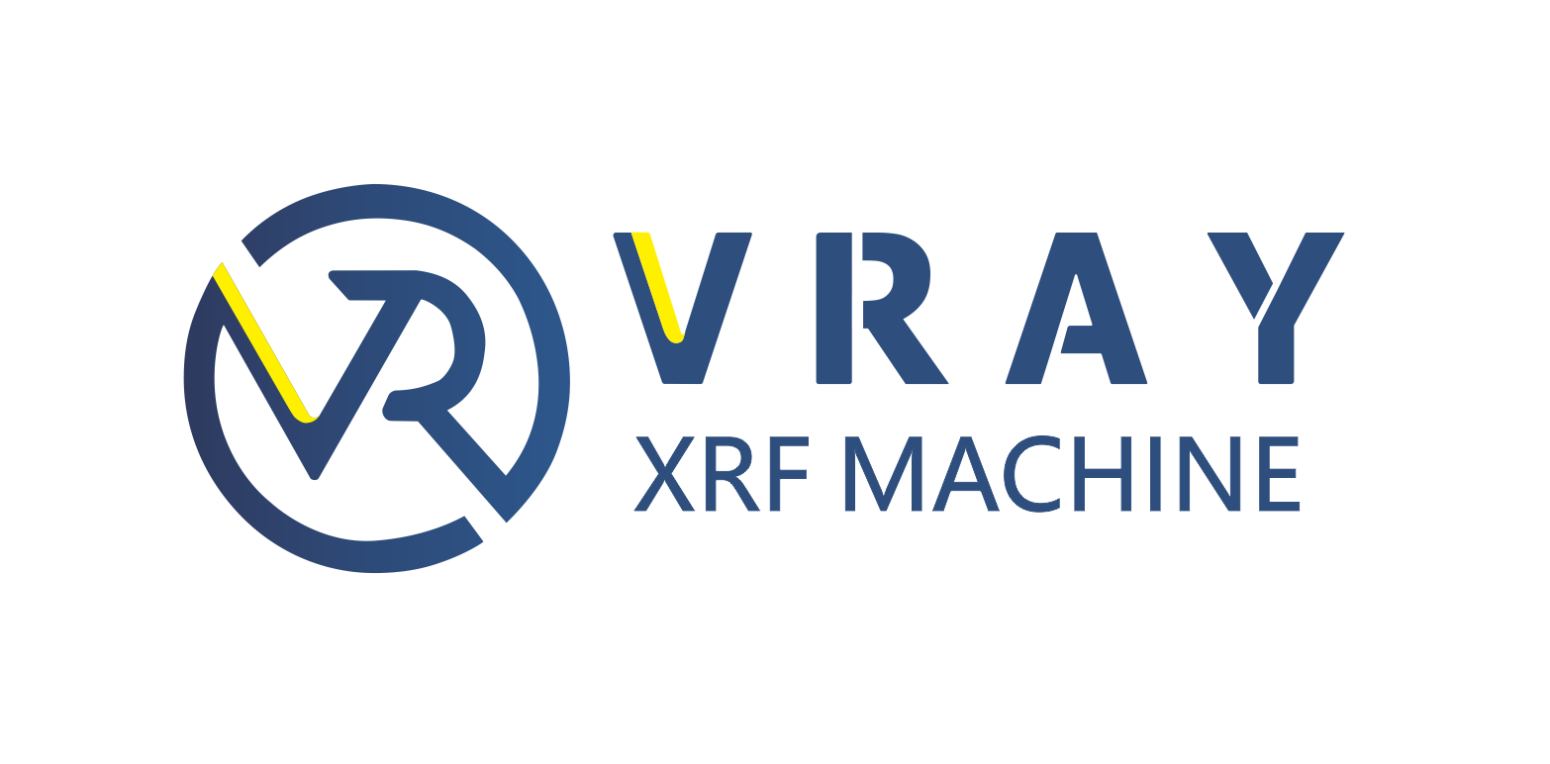Насколько точен тестер золота XRF?

When it comes to testing the purity and composition of gold, precision is paramount, especially for industries like jewelry, финансировать, and manufacturing. Among the most widely used tools for this task is the XRF (Рентгенофлуоресцентная) Тестер золота. But how accurate is it, really? In this post, we’ll explore the accuracy of XRF gold testers and what factors contribute to their reliability.
What is an XRF Gold Tester?
An XRF gold tester uses X-ray fluorescence technology to analyze the composition of metals, в том числе золото, by detecting the unique energy levels emitted by different elements when they are exposed to X-rays. This non-destructive testing method allows for fast and reliable results without damaging the sample.
Accuracy Levels of XRF Gold Testers
The accuracy of an XRF analyzer depends on several factors, including the model of the tester, the quality of the sample, and calibration. High-end models such as the VR-T5, ВР-Т6, and the VR-T7 XRF analyzers, often used in the precious metals industry, can achieve an accuracy level as high as 0.01%.
XRF analyzers are especially accurate for higher-karat gold (such as 22K or 24K), where there is less variation in the alloy composition. For lower-karat gold or items that contain mixed metals, there may be slight variances in readings, but modern XRF testers are calibrated to minimize these discrepancies.
Factors Influencing Accuracy
1. Sample Surface and Preparation
The condition of the gold sample being tested plays a significant role in accuracy. For example, if the surface is dirty or oxidized, the readings might be affected. Some XRF analyzers are equipped with features to adjust for this, but proper sample preparation—such as cleaning the surface—can enhance accuracy.
2. Калибровка
An XRF gold tester requires periodic calibration using reference standards to maintain precision. This ensures that the readings are consistent and reliable. Most modern XRF analyzers, such as the VR-X3 or VR-X5, come with pre-calibrated software that auto-adjusts to the sample type, ensuring minimal human error.
3. Пределы обнаружения
Another aspect that influences accuracy is the detection limit of the XRF analyzer. Models with advanced detectors, like the VR-T7 with a Fast-SDD detector, can detect even trace amounts of elements, making them highly precise. Однако, the presence of elements in very small quantities can sometimes challenge even the best detectors, though this typically only affects extremely low concentration readings.
4. Testing Depth
XRF analyzers measure the composition of the surface layer of the material. For gold-plated items or jewelry with coatings, the results will reflect only the surface composition. To mitigate this, some models like the VR-XAU coating thickness analyzer can measure both the surface coating and the underlying material, providing a more accurate assessment of the overall composition.
Real-World Accuracy of XRF Gold Testers
In practice, most XRF gold testers are accurate enough for most commercial and industrial applications. Jewelers, pawn shops, and refineries trust them to verify the purity of gold, and they are considered reliable enough for determining gold value in trade and investment.
Заключение
XRF gold testers are among the most accurate and reliable tools for gold analysis on the market. Their non-destructive, fast, and precise testing capabilities make them an industry favorite. While the accuracy of any gold tester depends on several factors, including sample preparation, калибровка, and the model of the tester, modern XRF analyzers are capable of delivering highly reliable results, ensuring confidence in the gold testing process.
If you’re in the market for a gold tester or already using one, VRAY instruments offer a balance of speed, точность, and ease of use, ensuring your gold analysis is as accurate as possible.
 ВРЭЙ Инструмент Лимитед
ВРЭЙ Инструмент Лимитед